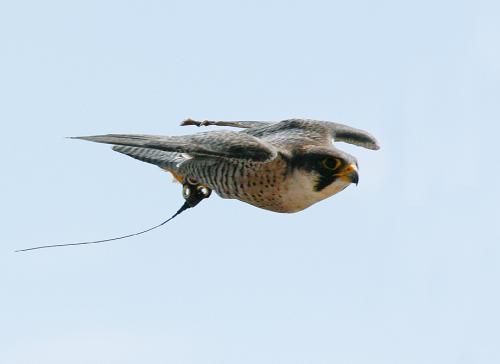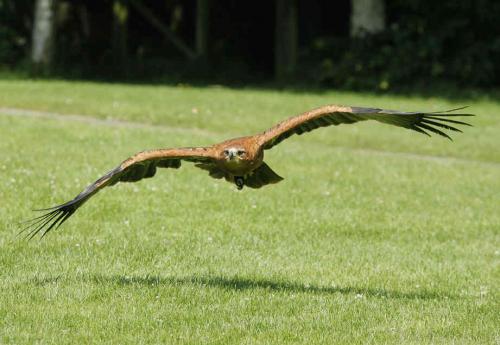It always strikes me, after retreat guests have gone, how fortunate I am to meet such interesting and inspiring people. What is there to say except thank you? Thank you. I hope you all got home safely.
Now is the time for reflection, for us all. I’ve been thinking on our ceremony hall, the way it strikes me as I enter there. It’s the whole, the whole space, and then sometimes the details strike me. But mostly it’s the whole.
If I think about it the brilliant blue above the altar catches my attention. I love that colour, my eyes drink it in. It’s the colour of lapis. We used Winsor and Newtons’ Ultra Marine by the bucket-full to paint that. Back in around 1986 I think it was. Winsor and Newton once used ground up lapis in this paint. Not any more though.
There is a verse in an invocation we sang the other week at the Festival of Bhaisajaguru Tathagata, the Buddha of Healing. Here it is:
To reach the sacred mountain peak
Where lapis lazuli is found,
The ancient sages gave their lives
To kneel upon that holy ground;
The precious stone is hard to see,
And harder still to hold and keep,
A radiance pure, of deepest blue,
With flames of gold which dance and leap;
And if the journey seems too long,
The path too steep to climb,
Celestial beings will help us find
This precious gem, the Deeper Mind.
I wish I could sing this into the computer right now, I can hear it in my mind.
It is so easy to look at the parts of a verse like this. What? Sacred mountain peak! What? Holy ground! What? WHAT? Celestial beings! For goodness sake, this isn’t Zen is it? Seems to me we lose sight of the precious gem, the Deeper Mind in the rush to pick at the words, and in the process sweep away the utter beauty that words carry and convey. Left alone they can show us something of the richness of this life of faith. This life is not dry and dusty or in need of being sanatised, it is liquid, with flames of gold which dance and leap…there is joy.
It is so hard to help people past the details, past the statues and the words we use both in ceremonial and in teaching. They are easy to trip over. And then even stumble before the path is even entered. So sad. I might have been one of those people. Could easily have been, given my feelings about religion when I came here first.
Lot of details for new people to absorb when they come here for the first time. Humm, reflecting now I could have said something about that before the guests went…remember the whole before the parts. But I was lost for words by the end of the retreat.
So I’d say now for anybody spooked by the details – look to the whole; to the gem. To the precious gem, the Deeper Mind. Don’t turn it over in your hand like a coin, wondering it’s worth, simple accept it. It’s yours.
To be honest I just don’t go there when celestial beings and similar terms come up on the page. I just sing my heart out. Why not?

